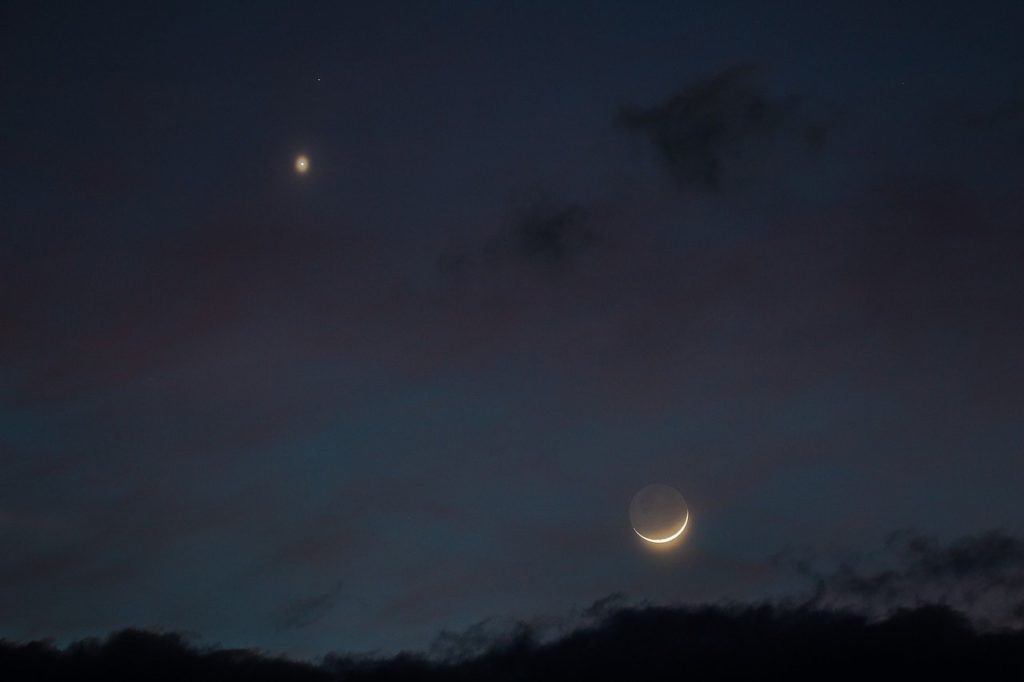This article provides all the basic information about the solar system planets. Let’s read.

| Position from the sun | Diameter rank | Mass rank | Planet type | Named after | Number of moons | |
| Mercury | 1 | 8 | 8 | Terrestrial | Roman God of commerce | 0 |
| Venus | 2 | 6 | 6 | Terrestrial | Roman Goddess of love, sex, and beauty | 0 |
| Earth | 3 | 5 | 5 | Terrestrial | Germanic word “Earth” meaning ground | 1 |
| Mars | 4 | 7 | 7 | Terrestrial | Roman God of war and destruction | 2 |
| Jupiter | 5 | 1 | 1 | Gas giant | Roman God of sky and lightning | 95 |
| Saturn | 6 | 2 | 2 | Gas giant | Roman God of agriculture and wealth | 146 |
| Uranus | 7 | 3 | 4 | Ice giant | Greek primordial God of the sky | 28 |
| Neptune | 8 | 4 | 3 | Ice giant | Roman God of the seas | 16 |
Orbital information
| Average distance from the Sun | Rotation time around the axis | Revolution time around the Sun | |
| Mercury | 36 million miles (58 million kilometers) or 0.4 Astronomical Units (AU) | 59 Earth days | 88 Earth days |
| Venus | 67 million miles (108 million kilometers) or 0.7 AU | 243 Earth days | 225 Earth days |
| Earth | 93 million miles (150 million kilometers) or 1 AU | 23.9 hours | 365.25 Earth days |
| Mars | 142 million miles (228 million kilometers) or 1.5 AU | 24.6 hours | 687 Earth days |
| Jupiter | 484 million miles (778 million kilometers) or 5.2 AU | 9.93 hours | 4,333 Earth days |
| Saturn | 886 million miles (1.4 billion kilometers) or 9.5 AU | 10.7 hours | 10,756 Earth days |
| Uranus | 1.8 billion miles (2.9 billion kilometers) or 19.8 AU | 17.23 hours | 30,687 Earth days |
| Neptune | 2.8 billion miles (4.5 billion kilometers) or 30 AU | 16 hours | 60,190 Earth days |
* 1 Astronomical Unit (AU) is the distance of Earth from the Sun.
Interesting facts about Solar system planets
- Mercury and Venus are the two planets with no natural satellites.
- Saturn has the highest number of confirmed natural satellites, 146. Jupiter has 95.
- Jupiter is the largest and Mercury is the smallest planet.
- Saturn is the least dense planet. Its average density is even less than water.
- Uranus is the third-largest planet in diameter. However, it is the fourth heaviest after Jupiter, Saturn, and Neptune.
- Mars has polar ice caps just like Earth. Mars’s ice caps are made up of water ice and dry ice.
- Venus and Uranus are the two planets that
rotate from east to west.
Read more
